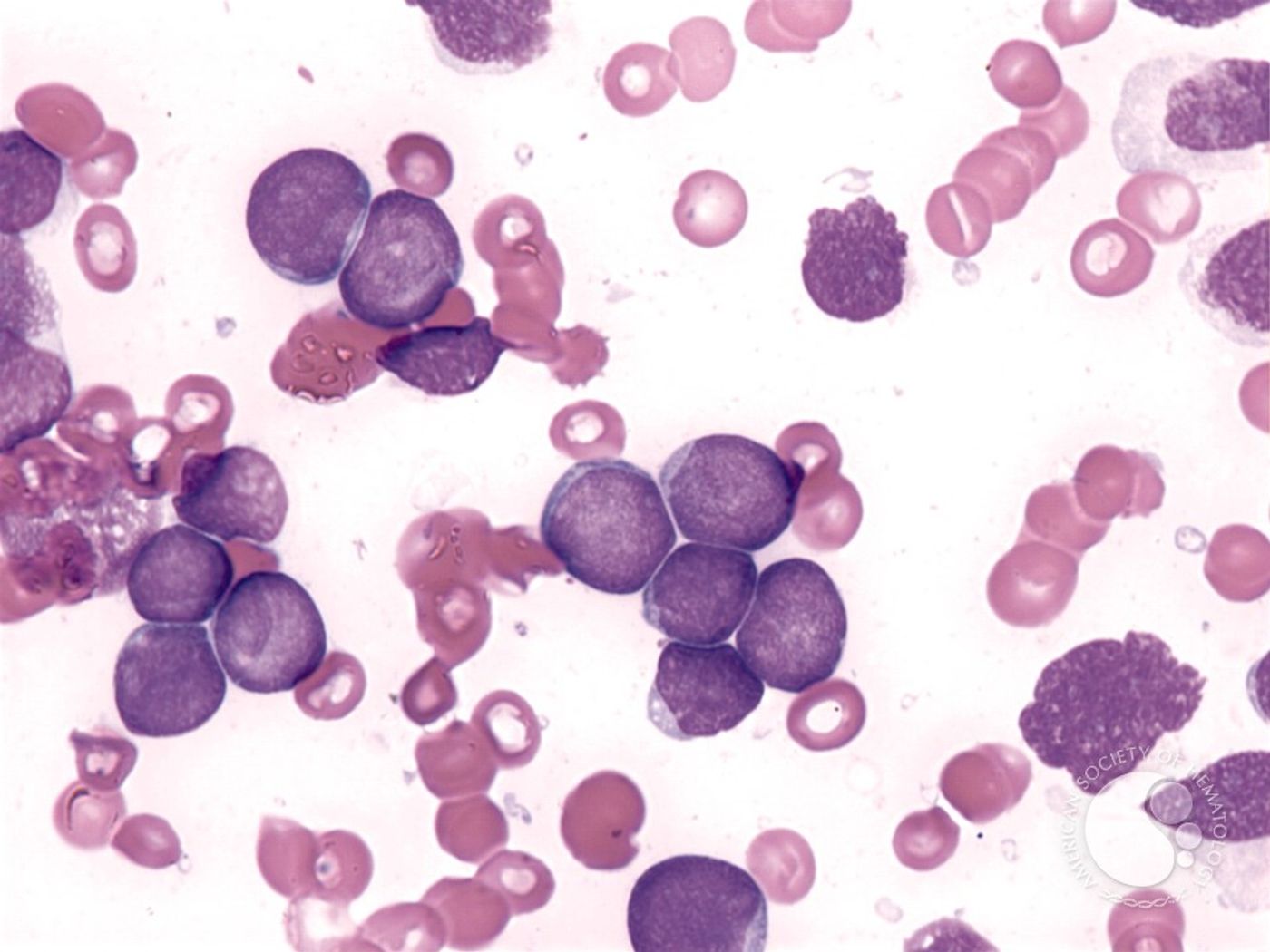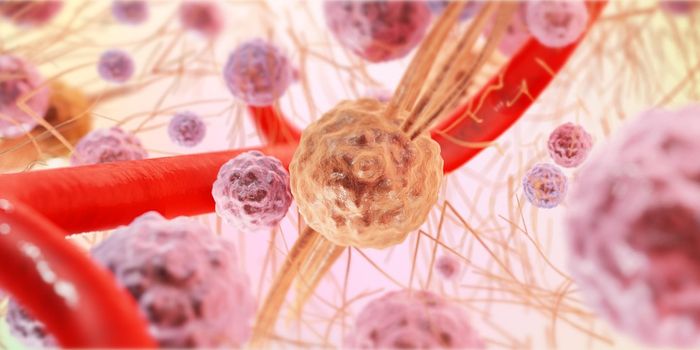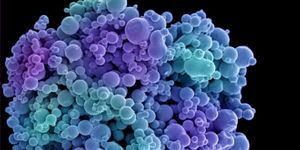B-cell leukemia occurs in 80-85 percent of children with acute lymphoblastic leukemia (ALL), a fast-growing cancer that can be treated with CD19 chimeric antigen receptor (CAR) T-cell immunotherapy, also known as CTL019. The treatment was developed by Carl June, MD, and his team from the University of Pennsylvania beginning in 2010. It works by removing T-cells from a patient's blood and genetically modifying them to target CD19 protein present on cancerous B cells (
Children's Hospital of Philadelphia).

Although the
American Association for Cancer Research (AACR) reports largely positive responses from B-cell leukemia patients receiving this therapy, the treatment fails in 10-20 percent of the patients, with only some capable of being retreated successfully.
Recent research published in
Cancer Discovery revealed why cancer returns resistant to CTL019 in some patients and why the treatment fails initially in others. Scientists from the Children's Hospital of Philadelphia analyzed tumor samples from pediatric patients with aggressive leukemias and found splicing alterations in the gene coding for CD19. These mutations modified the protein to the point where it is no longer recognizable by T-cells during immunotherapy.
Gene splicing can occur in different ways, and two can cause cancer cell resistance to treatment. When exons 5 and 6 are deleted, the protein terminates prematurely and is no longer capable of attaching to the cancer cell surface to be recognized by T-cells. When exon 2 is deleted, CD19 protein is seen on the cell surface, but the modified protein is no longer targetable by treatment.
This discovery will prompt scientists to individualize treatment and direct targets toward the mutated proteins. Plus, Andrei Thomas-Tikhonenko, PhD, and senior scientist from his lab, says the "CD19 genetic code was not irretrievably lost," hinting that there might be a way to resurrect the original protein to be targeted by immunotherapy. Thomas-Tikhonenko and team are also considering targeting other proteins present in cancer cells that are not commonly spliced as a mechanism of resistance, to avoid the troubling phenomenon all together. Ultimately, this discovery will lead to better treatment of B-cell leukemia based on individual cases of the cancer.
Watch the following video to learn more about CTL019 and how it is used to treat other cancers like B-cell non-Hodgkin lymphoma and chronic lymphocytic leukemia.
Source:
American Association for Cancer Research









